Bad audio can wreck a good video. Many creators starting out with video will have no basic audio and will layer in some music in post-production that fits the clip. A music track is rarely a bad idea, and we only need look to movies and television to see how much impact music can make. It is important that you use high-quality audio equipment when adding music.
But what happens when we want in scene audio?
Read on to find out how to select the right mics and recorders for your project.
Most still cameras that shoot video and most all video cameras have built in microphones. These are notorious for being of limited quality and for picking up all manner of extraneous noise, so we will often simply turn them off. I’m going to propose not doing so, in order to use the in-camera microphones for scratch or alignment audio in one approach. I’ll touch on this shortly.
Microphones
The other approach is simply to connect a better microphone to the camera directly. Pro cameras will have XLR low impedance microphone inputs, while most all will have a high impedance input for a local microphone.
High impedance means high output with a short run length and a propensity for noise. Low impedance means a lower output, requiring a preamplifier, support for much longer cable runs and considerably lower noise both due to the design, and the use of balanced lines in the signal transmission.
When we are working on a budget, we go with high impedance microphones. When we need more tracks, better sound, and the ability to independently manage each track we go with low impedance and some form of mixing platform that may or may not contain a recorder.
The microphones built into our cameras are omnidirectional. They pick up sound from everywhere. Directional microphones are those with a focused reception pattern, the most common being cardioid. You select the microphone based on your desired reception pattern. Highly directional microphones, often called shotguns, have a very rapid off-centre fall off. Lavalier microphones attach to your talent via clip or headband and can be either omnidirectional or cardioid in pattern, although the better units are nearly always cardioid.
Recording
Where we record matters as well. If recording in camera, you need the ability to monitor the incoming audio, by means other than a meter line because if you are also the shooter, you are rather busy. Thus, a camera without a headphone jack is much more difficult to use for audio recording because you cannot monitor in real time.
Figure 2 : Beachtek DXA offers XLR inputs and preamp and connects to your camera microphone input
There are boxes that you can attach to your camera that will provide XLR inputs, basic preamps, line inputs for high impedance microphones, some basic mixing and an output for headphones as well as the line to connect to the camera. These are convenient because the audio is recorded at the same time as the video. The better the box, the better the preamps.
The next option is a similar styled box device that also incorporates a recorder. In this case you are not recording the “good” audio in the camera, you are recording the “good” audio to an outboard audio recorder. These devices will have higher quality preamps, multiple track support, some basic instream audio controls such as compressors and limiters. They also typically include built in microphones. These microphones are much better than your in-camera microphone but are still for environmental audio, with the best sound coming from on talent microphones or shotgun microphones managed on a boom by a trained recordist. Obviously these devices also include a headphone jack so the recordist can monitor the audio live.
This brings me back to using the in-camera microphones for scratch audio. By embedding an audio track with the video, you leave yourself a simple tool with which to align your externally recorded audio with the video. You can do so by importing your external audio track into your sequence and by viewing the audio track level stream, align the external track peaks with the internal track peaks, and then muting the internal track.
This is quite simple to do, but there is automation software that will do this for you, such as the excellent PluralEyes. It can save time, but has a cost, so you decide on whether you want to spend the money or do the alignment manually.
The primary driver in selecting the audio recording method that you choose is the number of independent tracks that you desire and your need for stereo positioning or the ability to pan a track to place the source in positional context to fit the video. You do not want the sound coming mostly out of the left speaker if the talent is far right on screen.
As flexibility of recording time and the number of tracks increases, so does the cost of the solution. A digital recorder is a digital recorder. So long as the bit rates one offers suit the requirements, the recording portion is really a set of ones and zeros. Where the price difference comes into play is:
- how those analog inputs are translated to digital,
- the quality of the preamps being used for low impedance sources,
- and the reliability of the offering.
Where To Start
For most of us shooting casual or even web video, we can get by with an external microphone plugged directly into the camera. There are many offerings, but I will suggest microphones from either RODE or Sennheiser. The capsule quality is much better, so the sound is much better. Compare either to an offshore cheap kit and you will hear a difference.. Both have a number of options available through Henry’s.
If you decide that you need more than one track, and would like the benefit of an external recorder, consider the solutions from Zoom and Tascam. There are a number of different models available, and the major differentiator is the number of concurrent tracks that you need to support. Do note that most devices limit the number of low impedance inputs to two, which is good for documentary or two up interviews, not so good for a panel type show.
If you need more tracks for live recording as opposed to mixing down in the field, you are into the realms of really higher end pro audio. In my personal experience, the products from SoundDevices excel and are used by professional sound engineers in cinema and television production where multiple tracks are required to be recorded independently for mixdown in post-production.
Don’t forget to get a good set of closed back headphones. You will need them to effectively monitor your audio.
Video is the fastest growing segment of the visual creative arts. We should all be giving it a shot, as it were, and coupling good audio with good video is a reasonable step in our process.
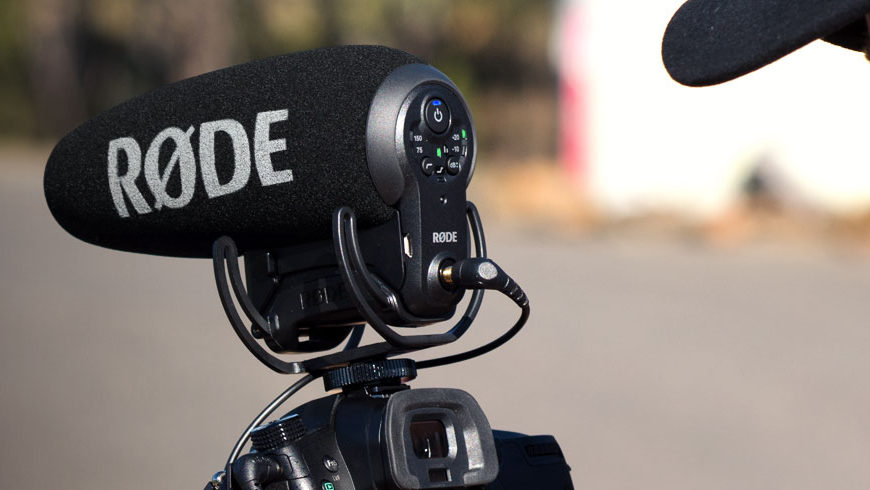
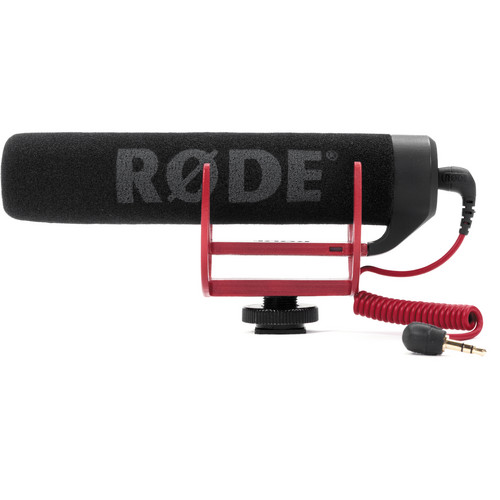
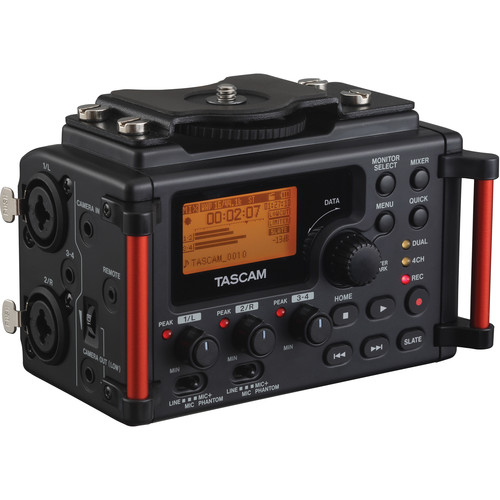





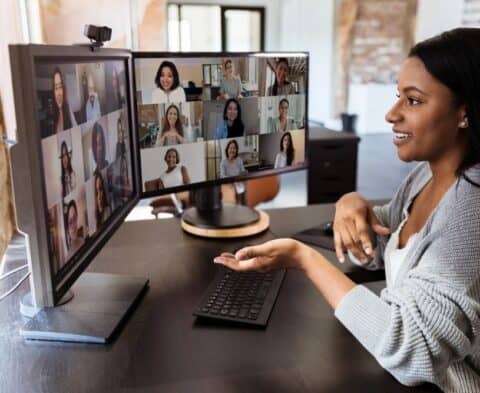
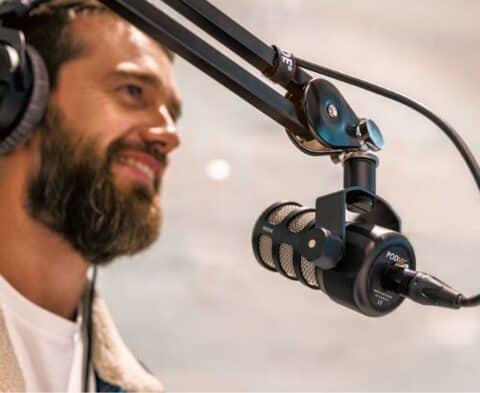
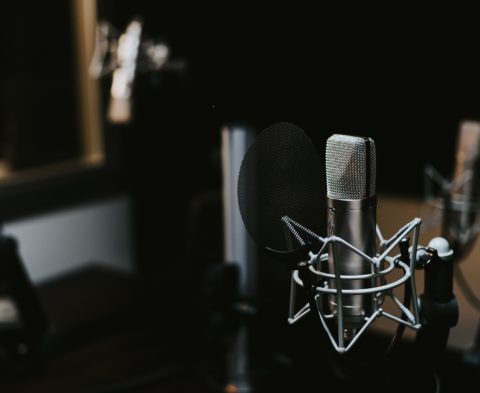
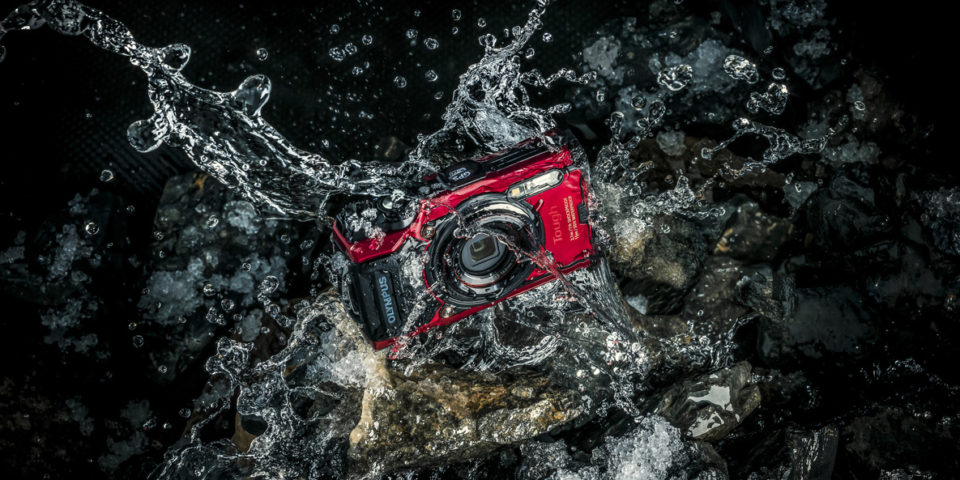
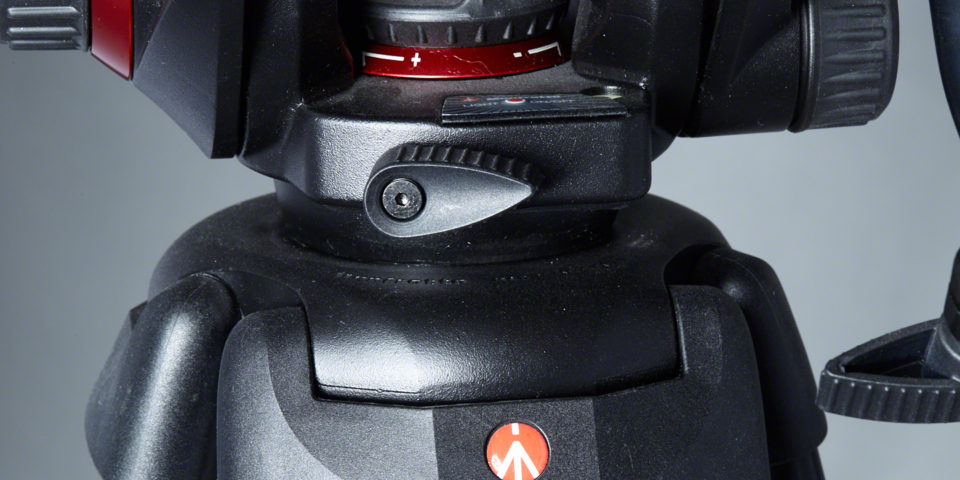
COMMENT (1)
Pingback: How to Stabilize Your Camera for Vlogging | Photography and video news, reviews and tips | Henry's Camera